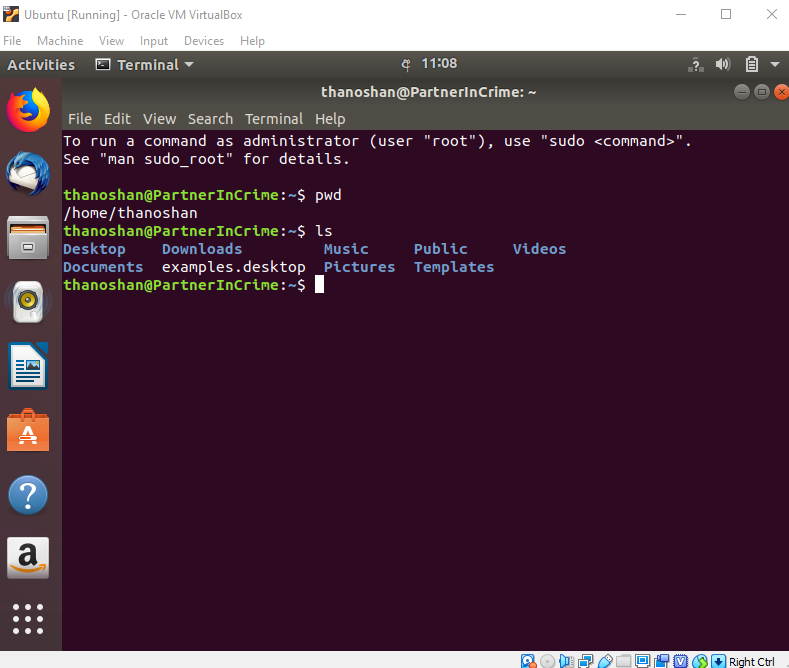

At a minimum, give Ubuntu 1GB (1024MB) of RAM. The drawback is that the host OS will have less to use while Ubuntu is running. The more memory you give to Ubuntu, the faster it will run. As illustrated in the screenshot below, my total RAM is 16GB, so I allocated a quarter of it to Ubuntu, and the rest to the host OS. Now you need to decide how much memory (RAM) you're going to allocate to Ubuntu when it's running, and how much to leave for the host OS.

Make sure that Type is set to Linux and Version is Ubuntu (64 bit or 32 bit, whichever you downloaded). Give your "virtual machine" a name (something descriptive is good, but it doesn't matter). Open Virtual Box and click the New button.Remember where you saved the file (likely in the Downloads folder?). If your virtual machine supports only 32-bit Ubuntu, visit this release page and download the 32-bit PC (i386) desktop image for your machine. Visit the Ubuntu download page and download the 64-bit Ubuntu 16.04.3 LTS. If your host operating system (OS) is Windows, the interface may look different, but the information is the same.
#How to install ubuntu on virtualbox mac os
Please note that the screenshots below have been taken on a Mac OS machine. The steps listed below guide you through this process. Now that you have the VirtualBox virtualization software, you need to create a Linux virtual machine and install Ubuntu on it. Make sure that you have completed Part 1 before beginning Part 2 of this assignment.

Part 2 - Install a Ubuntu Virtual Machine in VirtualBox


 0 kommentar(er)
0 kommentar(er)
